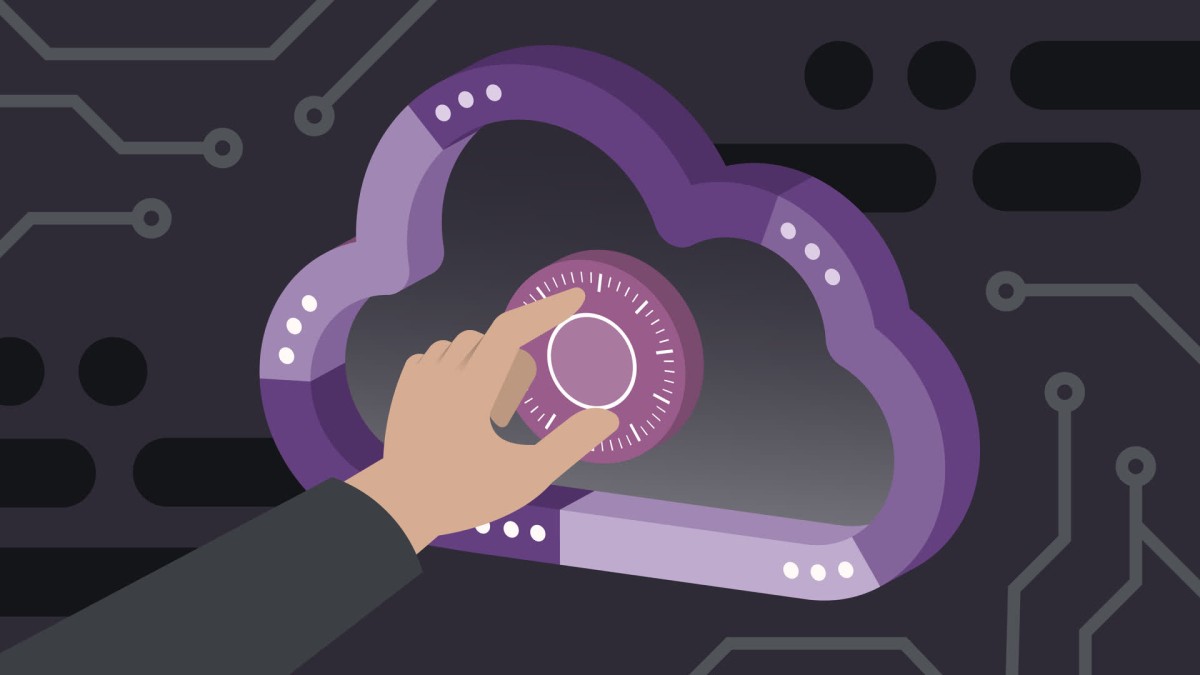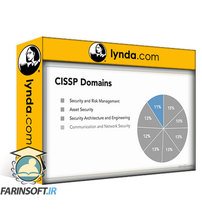در حال حاضر محصولی در سبد خرید شما وجود ندارد.

Earning the CompTIA Cybersecurity Analyst+ (CySA+) certification demonstrates that you know how to address cybersecurity threats using an analytics-based approach. This course serves as a comprehensive, all-in-one resource for anyone preparing for the CS0-003 exam. Join University of Notre Dame professor and cybersecurity expert Mike Chapple as he shows you the skills you need to know to tackle the official exam. Mike starts with an overview and general information about the exam, and then goes into detail through each domain of the certification test.
در این روش نیاز به افزودن محصول به سبد خرید و تکمیل اطلاعات نیست و شما پس از وارد کردن ایمیل خود و طی کردن مراحل پرداخت لینک های دریافت محصولات را در ایمیل خود دریافت خواهید کرد.


یادگیری مدرک بین المللی CISSP Cert Prep 2021 : امنیت و تست آن

فیلم یادگیری CIPP/US Cert Prep: 4 Workplace Privacy
-Cert-Prep-Data-Concepts-and-Environments-main-resized.jpg)
آماده شدن برای آزمون CompTIA Data+ (DA0-001) : مفاهیم داده ها و محیط های داده

کورس یادگیری کامل CIPP/US Cert Prep: 2 Private Sector Privacy

فیلم یادگیری CIPP/US Cert Prep: 2 Private Sector Privacy

کورس یادگیری CIPP/US Cert Prep: 1 U.S. Privacy Environment

فیلم یادگیری CIPP/US Cert Prep: 5 State Privacy Laws

کورس یادگیری کامل Security+

فیلم یادگیری CCSP Cert Prep: 2 Cloud Data Security
--The-Basics-main-resized.jpg)
یادگیری مدرک بین المللی CISSP Cert Prep 2021 : مبانی
✨ تا ۷۰% تخفیف با شارژ کیف پول 🎁
مشاهده پلن ها